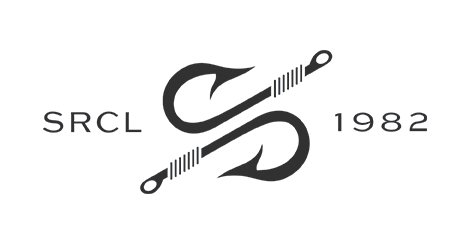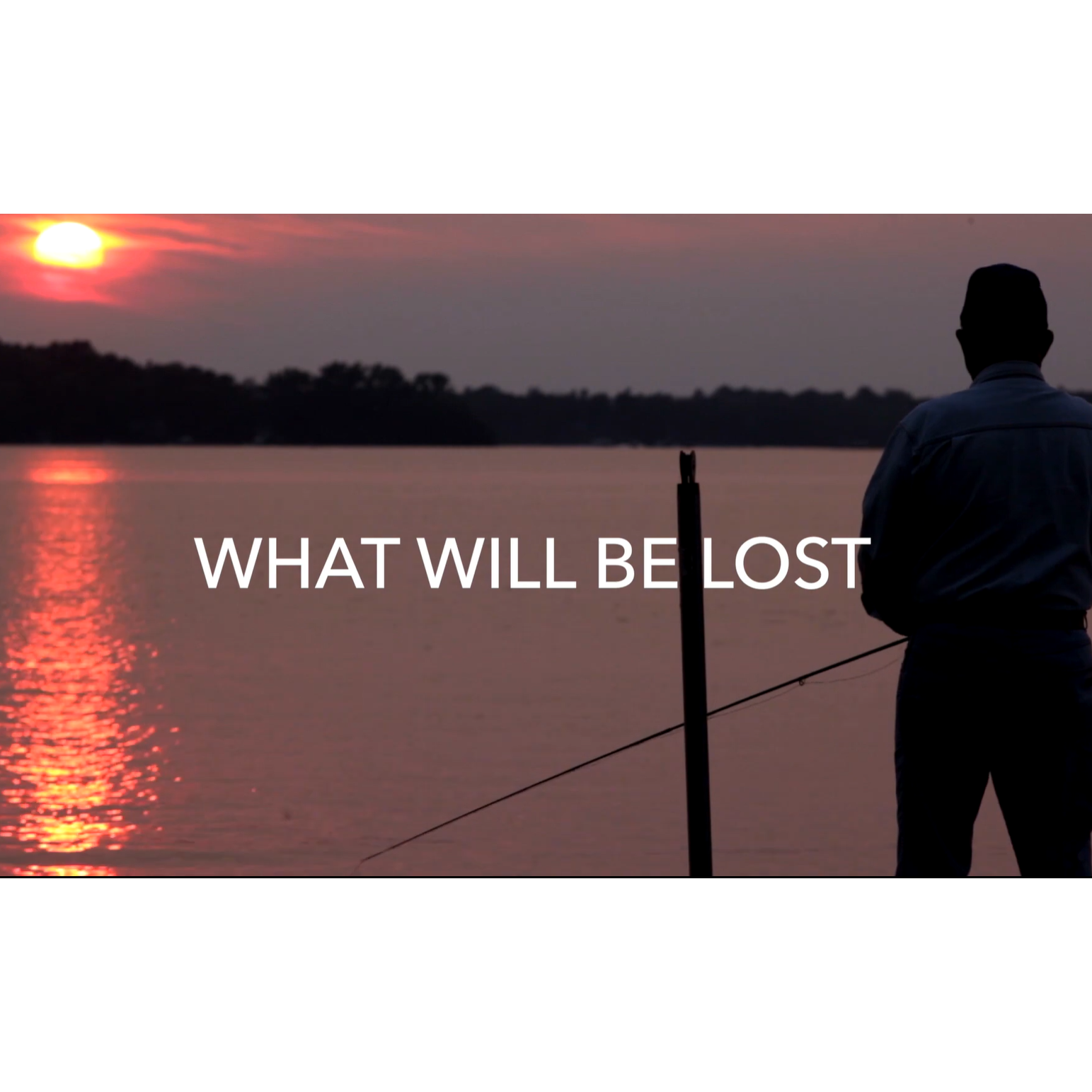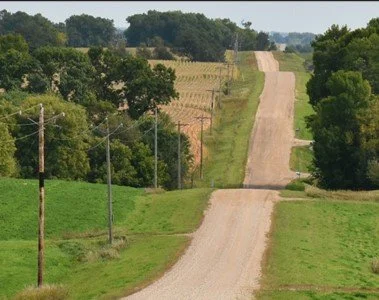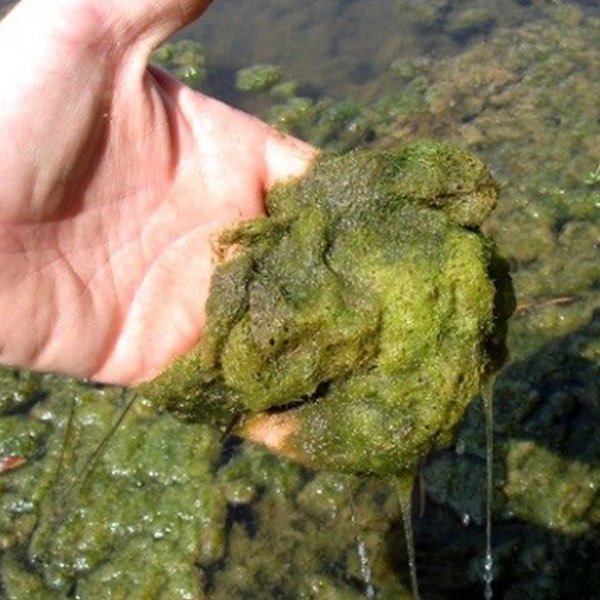Response from the DNR about the Cold Spring Dam
DNR Response regarding the Cold Spring Dam.
In the fall of 2023, the SRCLA Board began a discussion with stakeholders about potentially changing the Cold Spring Dam. Consecutive years of flooding and drought conditions caused the Board to approach the MN DNR, who owns the dam, to see if there were options to modify the dam. The other stakeholders involved were Senator Howe, Representative Demuth, Commissioner Bertram, and representatives from the Soil and Water Conservation District and the Watershed District. After fact finding and other discussions, this letter was the MN DNR's response. The SRCLA will continue discussions where appropriate and will continue to monitor the options.
In addition, find a great article “What can (and should) I do about fluctuating water levels on my property?” from the DNR.
2023 Water Quality Report
2023 Water Quality Report now available.
The 2023 Water Quality Report is now available. This is the product of a partnership with the Sauk River Watershed District, which we have been doing since the early 80s. The data shows a trend of improving water quality over the years. In addition, we started measuring temperature and dissolved oxygen at various depths for the first time!
NEW LEGISLATION: Sec. 66 Storing Garbage and Waste On Ice
Learn about the Keep It Clean bill signed into law in 2023.
Minnesota has new legislation that issues fines for leaving garbage or waste on the ice. Ice is no place for your garbage and waste. Legally contain and dispose of it. Thank you! Click here to view the details.
**The SRCLA has no affiliation with keepitcleanmn.org**
Sauk River Chain of Lakes Aquatic Plant Management End of Year Report 2023
Read the AIS Management Year End Report.
Thank you to our partners MN DNR, Limnopro Aquatic Science, Tigris (formerly Black Lagoon), and Weeds Up for help in assessing and managing aquatic plants, including the invasives curly-leaf pondweed and hybrid watermilfoil, in the Chain for 2023! Click here to accerss the 2023 Year End Report of all the work that was done. We will use this information to help us plan for 2024. Please send any questions to gene.j.krebs@gmail.com.
Healthy Waters Initiative Update
An update from the Saint Anthony Falls Lab research team on the impact of recreational boating on lake health.
Researchers affiliated with the University of Minnesota have been analyzing two elements of interest to lakeshore owners. The St. Anthony Falls Laboratory (SAFL) completed research on the impact of boat-generated waves in 2020 and have published their findings here: www.sites.google.com/umn.edu/healthywatersinitiative/welcome
They tested two different types of watercraft: wakesurf boats and runabouts. As you might expect, the wave energy from wakesurf boats is two or more times higher than for runabouts, largely because wakesurf boats tend to be operated at slower speeds (sub-planing), whereas runabouts are often “planed out”. This is the summary from the SAFL website:
“This project sought to characterize boat-generated waves by recreational watercraft common to Minnesota, including wakesurfing boats. The effort focused on lake shore environments typical of Minnesota.
During the study, five sensors were used to measure the height, energy, and power of waves generated by non-wakesurf and wakesurf boats. It was found that wakesurf boats produced the largest waves under all conditions evaluated, with the overall largest waves generated during slow plowing speeds associated with the sport of wakesurfing. The study also showed that when wakesurf boats operate under their typical wakesurfing conditions, they require greater distances to reduce their wave characteristics to levels equivalent to non-wakesurf boat operating under their typical on-plane conditions.”
We’re also looking forward to the next SAFL report, which will cover the impact of prop wash (thrust dynamics) on the water column and lake bottom. SAFL intended to publish the report this fall, but they decided they needed a bit more time to assess “interesting but unanticipated phenomena” that emerged during data analysis. The prop wash report will be published in the spring and the SRCLA will post a link to those results when they’re available.
To review Phase I or learn more, visit the Healthy Waters Initiative website: www.sites.google.com/umn.edu/healthywatersinitiative/welcome
Flowering Rush New Infestation and Innovative Control Project
Flowering Rush Report Now Available!
The Stearns Coalition of Lake Associations, under the direction of Brad Matuska, completed the 2 year project of finding and treating the invasive species, flowering rush, which is making its way down the Sauk River and could infest the Chain. Click here to view the report.
Cold Spring Property Acquisition Update
Update on Knaus Lake Park Proposal
The SRCLA Board is sharing this press release from Stearn County Parks as part of the our mission to keep our members informed on matters of interest to the Chain. Here is a link to the Press Release online.
The Stearns County Board of Commissioners approved entering into a donation agreement with Pheasants Forever at the County Board meeting held on October 24, 2023.
The purpose of the agreement is to formalize the donation and conveyance of the Cold Spring property from Pheasants Forever to Stearns County.
It also directs the County and Pheasants Forever to enter into a restoration and development agreement as Pheasants Forever has funds to complete upland and wetland restorations and some additional funds to assist with minor development activities, such as a small parking lot and possibly the removal of a silo.
Pheasants Forever has approved and signed the donation agreement.
Pheasants Forever anticipates closing on the property in the middle to end of November and the County anticipates the land donation to occur before the end of this year.
The Parks Department is working on the property management plan and will have a draft available for comment in late winter/early spring 2024.
The County Board, at their January 17, 2023, meeting "Authorize County Staff to continue working with Pheasants Forever to complete the Cold Spring property acquisition and approved the use of $333,450.98 out of the General Fund's fund balance, left over from CARES funding, to assist with the acquisition."
Magazine Cover Photo Contest Winner!
CONGRATS to our photo contest winner!
CONGRAtULATIONS to Susan Drucker who won our magazine cover photo contest and received a hand-made SRCLA mug. Susan’s photo also appeared on the Fall edition of the SRCLA Chain Link Magazine.
State of Water: How suburban home aesthetics are scarring Minnesota shorelines
Great story from WCCO featuring shoreline restoration efforts at Gull Lake.
Greg Berg, Implementation Team Manager & Riparian Resources Specialist with Stearns County Soil and Water Conservation District has been part of a statewide Natural Shoreline Partnership group. Greg shared this great story from WCCO. Click here to view. There is a full transcript as welll.
To learn more about being a Lake Steward, click here.
The SRCLA is excited to feature more lakesore restoration success stories in the Fall Chain Link Magazine, coming out next week!
Starry Stonewort discovered in Clearwater Lake
STARRY STONEWORT CONFIRMED IN CLEARWATER LAKE
The Minnesota Department of Natural Resources has confirmed the presence of the invasive algae starry stonewort in Clearwater Lake, near Annandale in Wright County.
An aquatic vegetation survey company discovered starry stonewort across 1.8 acres of a protected cove on the south side of the east basin of the lake, and a Minnesota DNR invasive species specialist confirmed its presence.
Available treatment options could include hand pulling, herbicide applications or other methods as appropriate.
Starry stonewort has now been confirmed in 27 water bodies in Minnesota. It was first confirmed in Minnesota in 2015.
More information is available on the aquatic invasive species page of the DNR website (mndnr.gov/ais), inckuding WHAT YOU CAN DO to prevent.
What Will Be Lost
Minnesota Lakes and Rivers Advocates Director Jeff Forrester discussing The Dangers of Aquatic Invasive Species (AIS) in Minnesota.
Minnesota Lakes and Rivers Advocates shares concerns about the presence of Aquatic Invasive Species (AIS) in Minnesota, the harmful effects they have on lake ecology and wildlife, as well as economic concerns. Featuring MLR’s Executive Director, Jeff Forester. The SRCLA is a member of the Minnesota Lakes and Rivers Advocates.
Sauk River Chain of Lakes water-quality solutions start with livestock producers
Stearns County livestock producers within the Sauk River watershed have installed manure storage solutions and adopted management plans that curb runoff and benefit water quality in the nutrient-impaired Sauk River Chain of Lakes.
The Sauk River Chain of Lakes is mentioned in this BWSR conservation story centered on Stearns County SWCD and NRCS staffers’ Clean Water Fund and EQIP-backed work with livestock producers to improve water quality.
Aquatic Invasive Species PSA Series #3
Third in a series of three PSAs professionally produced to gain attention on aquatic invasive species while sharing actions people can take to stop the spread.
This video series is presented by Minnesota Lakes and Rivers Advocates and produced by LB Video Productions. Funding to make the series possible as a free resource to the public has come from the counties of Wabasha as a Gold sponsor, Goodhue, Otter Tail, Yellow Medicine, Cook, and Washington as Silver sponsors, Benton, Lake, Polk, Stearns, Douglas, Chippewa, Cass as Bronze sponsors, and Kanabec as a Supporter.
Protect the Loons and their chicks
How you can help protect Loons and their chicks!
A message from Jeff Forester - MN Lakes and Rivers Advocates.
We had a late spring and many loon pairs went on the nest late. Their chicks will be hatching shortly before the Fourth of July.
This is the most dangerous time of the year for loon chicks because boat traffic is at its heaviest. Boat and jet ski strikes are a leading cause of loon deaths. Please watch ahead and be cautious near loons while boating and jet skiing .
If you see a loon, a chick may be near by but difficult to see. Adults will not dive when protecting chicks, and chicks are unable to dive to avoid watercraft.
Many lakes are often as busy as a freeway during rush hour! Adult loons can be easily struck in high traffic areas. Give ALL loons space and do not expect them to dive out of your way.
Loon parents often raise their chicks outside no wake zones where boats and jet skis are approaching and exiting at high speed. Be especially alert for loons in these areas! Keep speed low and give them space.
Wave runners and jet skiers, please keep your eyes peeled for loons when traveling at high speeds. Loons cannot determine which direction you will go when you are spinning, jumping, and turning on a dime.
Some loons may still be nesting. Stay 200 feet from loon nests so loons can safely hatch their eggs. If stressed by watercraft coming too close, loons may abandon their nest.
Keep wakes low near loon nests so they do not wash out.
Fireworks are very disturbing and stressful for loons. They are vulnerable to loud explosives being launched into the lake and may be “stunned” while trying to avoid fireworks. Chicks may be separated from parents and unable to hear their parents’ calls during the loud explosions. Please do not set off personal fireworks near the lake. There are many community fireworks displays for your enjoyment. Please be considerate of loon habitat as the lake is the loons’ home and only source of life.
Let’s keep the call of the loon on our lakes!
Caution Buoys at Sandy Point
New Caution Buoys at Sandy Point
The SRCLA, in coordination with the Stearns Co. Sheriff's Department, has obtained two "CAUTION" buoys that have been placed on either side of Sandy Point, the channel between Great Northern and Krays Lakes. This is being done on an experimental basis to alert boaters to the narrow channel, which often has stationary boats fishing in the area as well as serving as a conduit for traffic on the Chain.
The experimental deployment of "CAUTION" buoys can be done without a formal ordinance change, which is required to designate an area as "NO WAKE". The usefulness of the "CAUTION" buoys will be evaluated by the Sheriff's Dept and a decision made about whether or not to continue their use in this part of the Chain on an ongoing basis. To see all of the No Wake and Caution buoys on the Chain click here.
What is that stuff floating on the Chain?
Just what is that stuff floating out on the chain?
Most of the plant material you see floating and at the bottom of the Chain right now is called filamentous algae. It is considered a native non-invasive plant that is becoming more of a problem in the region in recent years because it creates boat navigational problems. It comes in three forms that are identified by its texture. Cladophora has a cottony feel, Spirogyra is neon green and slimy, and Pithophora is sometimes called "horsehair" and has a texture like that or maybe steel wool. All forms thrive in shallow, warm, and clear water (usually in tandem with lakes with zebra mussels) which are the conditions that we have right now.
In and of itself, filamentous algae is natural and only becomes a problem when it is thick and reduces our ability to navigate through it. The short term solution to it is to mechanically remove it, and the long term solution is to reduce run-off that carries nutrients to the Chain. To help out, don't use fertilizers for your lawn and consider doing a lakescaping project to minimize run-off. To learn more visit the Aquatic Plant Management page.
Aquatic Invasive Species PSA Series #2
Second in a series of three PSAs professionally produced to gain attention on aquatic invasive species while sharing actions people can take to stop the spread.
This video series is presented by Minnesota Lakes and Rivers Advocates and produced by LB Video Productions. Funding to make the series possible as a free resource to the public has come from the counties of Wabasha as a Gold sponsor, Goodhue, Otter Tail, Yellow Medicine, Cook, and Washington as Silver sponsors, Benton, Lake, Polk, Stearns, Douglas, Chippewa, Cass as Bronze sponsors, and Kanabec as a Supporter.
Aquatic Invasive Species PSA Series #1
First in a series of three PSAs professionally produced to gain attention on aquatic invasive species while sharing actions people can take to stop the spread.
This video series is presented by Minnesota Lakes and Rivers Advocates and produced by LB Video Productions. Funding to make the series possible as a free resource to the public has come from the counties of Wabasha as a Gold sponsor, Goodhue, Otter Tail, Yellow Medicine, Cook, and Washington as Silver sponsors, Benton, Lake, Polk, Stearns, Douglas, Chippewa, Cass as Bronze sponsors, and Kanabec as a Supporter.
Are Picture-Perfect Grass Lawns on Their Way Out?
Minnesota Lakes and Rivers' Lake Steward program featured in Martha Stewart Magazine.
Are Picture-Perfect Grass Lawns on Their Way Out? Why Natural Is the New Beautiful
The American lawn has deep roots in our nation's founding story, but environmental concerns have sparked interest in native plants and a wildlife-friendly landscape.
By Ann Hinga Klein
Published on May 1, 2023
Check out the MN Lakes & Rivers Lake Steward Program!




























